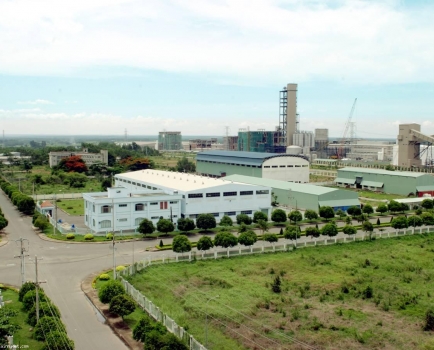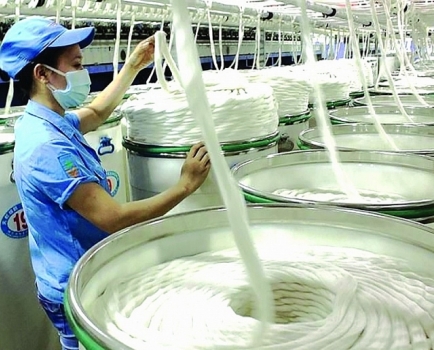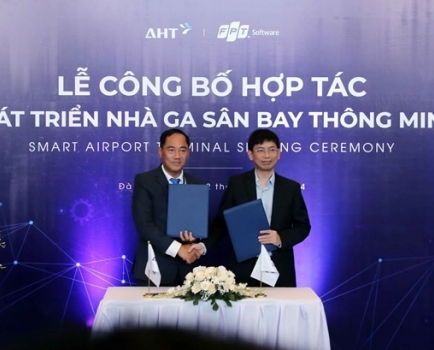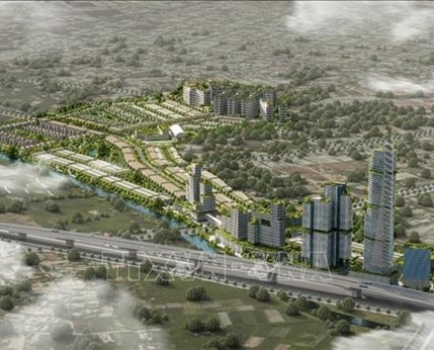Specifically and effectively deploy scheme on reforming model of quality inspection and food safety inspection for import goods: GDVC’s Deputy Directo
Mon, 18 Jan 2021 15:18:00 | Print | Email Share:
On January 12, the Prime Minister issued Decision 38/QD-TTg approving the scheme on reforming model of quality inspection and food safety inspection for imported goods with seven breakthrough reforms. To understand the development and key contents of the scheme and the implementation plan of the GDVC, Customs News interviewed Deputy Director General of GDVC Mai Xuan Thanh.

Deputy Director General Mai Xuan Thanh.
As the authority assigned to preside over the development of the scheme, could you please talk about the research and development of the scheme by the GDVC to report to the Ministry of Finance and to submit it to the Prime Minister for approval?
To promote administrative procedure reform and facilitate the promotion of production and business activities, the Government has directed to create a breakthrough in specialised inspection for import and export goods stipulated in Resolution No.02/NQ-CP dated January 1, 2020 and Resolution No.99/NQ-CP dated November 13, 2019. Following the direction of the Government, the Ministry of Finance has developed the scheme on reforming model of quality inspection and food safety inspection for imported goods.
After more than a year of researching, building and completing the scheme, despite the impact of the Covid-19 pandemic, the GDVC has seriously performed and worked with concerned parties to complete the scheme. The Ministry of Finance has set up a working team for implementing the Government’s direction on specialised inspection; the GDVC has also established a scheme drafting team. It has also held meetings with local and international experts, associations, businesses and researchers. It also reported to the Government Office and was received comments from ministries and sectors when building the scheme. In addition, the GDVC has researched and gained experience in the deployment of other countries to apply in Vietnam and develop quality inspection and food safety inspection for imported goods.
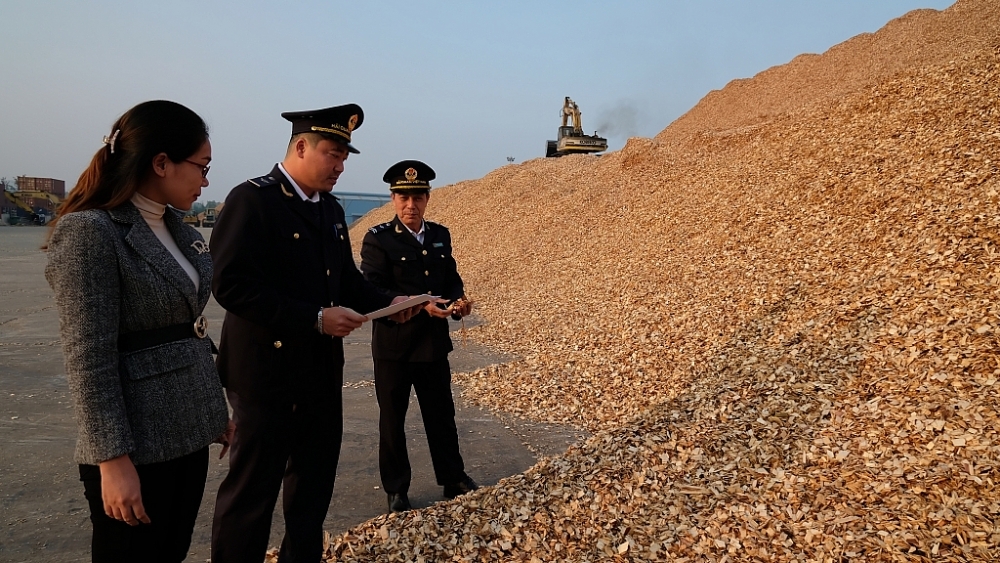
Customs officers of Nghi Son Seaport Customs Branch (Thanh Hoa Customs Department)
inspect import and export goods. Photo: N.L
Could you tell us the specific goals of the Scheme?
The main goal of the scheme approved by the Prime Minister is to facilitate procedures, reduce the time and compliance cost for the business; protect the legitimate rights and interests of business organisations and individuals and consumers, as well as to improve the efficiency of quality inspection and food safety inspection for imported goods.
The scheme will comprehensively reform regulations on quality inspection and food safety inspection for imported goods towards widely applying information technology and risk management and simplifying the process and procedures for quality inspection and food safety inspection for import goods, reducing contact points between the business and competent agencies. The results issued by competent agencies will be sent to the Customs for specialised inspection, food safety inspection for imported goods and customs clearance, thereby, cutting cost and time for customs clearance for import goods.
Create necessary environment and conditions for socialisation of quality inspection and food safety inspection and effectively protect domestic production and the environment, interests and health of the community. Improve effectiveness and efficiency of quality inspection and food safety inspection for import goods to ensure strict management and compliance with legal regulations on import goods, contributing to ensuring national security and economic safety.
Reorganise the model of quality inspection, food safety inspection for imported goods in a simple and effective manner, and assign responsibilities in a reasonable, specific and transparent manner among participating parties.
The scheme provides seven reforms, in which Customs is assigned to be the focal point in quality inspection and food safety inspection for import goods. Could you please tell us specifically about this?
The scheme provides seven reforms, including:
Reform 1: Assigning Customs to be the focal point in quality inspection and food safety inspection for imported goods.
Reform 2: Synchronously applying three methods of inspection for both quality inspection and food safety inspection to reduce the number of imported consignments subject to inspection.
Reform 3: Simplifying quality control and food safety inspection procedures for imported goods.
Reform 4: Inspecting by goods to reduce number of consignments subject to inspection
.Reform 5: Fully and substantially applying risk management in quality inspection and food safety inspection for imported goods to ensure the role of state management and improve the compliance of the business.
Reform 6: Supplementing subjects exempted from quality inspection and food safety inspection.
Reform 7: Applying information technology systems for the deployment of the new model.
Regarding the first reform, the Prime Minister assigned Customs to be the focal point in quality inspection, food safety inspection for import goods. Specifically, Customs will be a focal point for receiving application dossier for quality inspection, food safety inspection for import goods, deciding the inspection methods (strict inspection, normal inspection and reduced inspection), and checking dossiers. If the goods must be sampled for conformity/verification certification, the certification shall be conducted at the certification/verification organisations, or units, organisations of the Customs which are designated by management ministries according to the selection of customs declaration. The result of quality inspection, food safety inspection issued by Customs shall be the basis for the customs declarant to carry out customs procedures.
What benefits will the import and export enterprise enjoy from the new model?
According to the new model, quality inspection and food safety inspection for import goods will be conducted by management ministries or Customs per the selection by the customs declarant. If the inspection is conducted at the Customs office, Customs will process customs procedures together with procedures for the quality inspection and food safety inspection. The new model will effectively apply three inspection methods, including strict inspection, normal inspection and reduced inspection; apply the IT system and substantively apply risk management. Thus, the businesses that well comply with the law and have a good history will enjoy reduced inspections.
According to an independent assessment from the USAID-funded Trade Facilitation Project, the new model will save time, paper and cost for businesses. The number of customs declaration subject to quality inspection and food safety inspection per year under the new model reduces to 54.4% compared to the current model (excluding the reduction in the number of the consignment subject to inspection as per the proposal of the scheme on the increase in the subject exempted from the quality inspection and food safety inspection). The businesses will save 2,484,038 days per year for quality inspection and food safety inspection when applying the new model. The firms will save more than VND 881 billion per year from the reduction in the days for the quality inspection and food safety inspection. The economy will save US$ 399 per year when applying the new model.
What is the solution to deploy the new model?
To make a breakthrough in the implementation of the scheme, the tasks of Ministry of Finance, the GDVC and related ministries and sectors iares great. With the tasks assigned in Decision 38/QD-TTg, the Ministry of Finance will drastically conduct solutions. It needs to urgently develop detail plans to perform tasks and chair the development of a Government decree regulating on management mechanism, method, process and procedures for quality inspection and food safety inspection for imported goods to implement the scheme.
The Ministry of Finance (the GDVC) will coordinate with relevant agencies, ministries and sectors to develop legal documents and deploy solutions on perfecting the IT system; implementing solutions on human resources for quality inspection and food safety inspection for imported goods; perfecting risk management system as well as solutions for strengthen coordination, information connection and exchanging between the process of pre-clearance inspection and post clearance audit. This process requires the active participation of business, organisations, associations and experts to ensure the transparency, effectiveness and efficiency of the new model.
By: Ngoc Linh/Ngoc Loan/Customsnews
Source: https://english.haiquanonline.com.vn/specifically-and-effectively-deploy-scheme-on-reforming-model-of-quality-inspection-and-food-safety-inspection-for-import-goods-17211.html
---------------------------------------------
Same category News :



